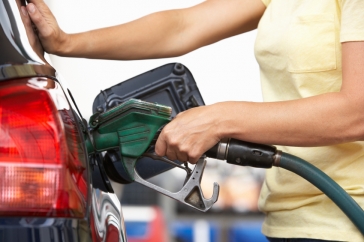Study identifies priority breast carcinogens and biomonitoring methods
 Every woman in America has been exposed to chemicals that are linked to breast cancer. Yet little is being done to tackle this problem. And only a small fraction of the suspect chemicals have ever been tested in people.
Every woman in America has been exposed to chemicals that are linked to breast cancer. Yet little is being done to tackle this problem. And only a small fraction of the suspect chemicals have ever been tested in people.
The Silent Spring Institute conducted a study to change this that has been published in a National Institutes of Health (NIH) journal, Environmental Health Perspectives.
We identified 17 types of chemicals that should be top targets for breast cancer prevention. These include chemicals in gasoline, diesel and other vehicle exhaust, flame retardants, stain-resistant textiles, paint removers, and disinfection byproducts in drinking water.
The study also provides a roadmap for how to best measure the presence of these chemicals in women’s bodies. NIH will incorporate the study’s recommendations as it prepares to test samples from around 50,000 women in its closely watched Sister Study to evaluate causes of breast cancer.
The study also demonstrates that when chemicals are shown to cause mammary cancer in rats, studies often confirm those same chemicals are associated with breast cancer in women.
Women can reduce exposure to potential breast carcinogens by:
- limiting exposure to fuel and exhaust
- avoiding second-hand tobacco smoke
- not purchasing stain-resistant items
- buying furniture without polyurethane foam or asking for foam not treated with flame retardants
Resources or References
Rudel, R.A., J.M. Ackerman, K.R. Attfield, J.G. Brody. 2014. New Exposure Biomarkers as Tools for Breast Cancer Epidemiology, Biomonitoring, and Prevention: A Systematic Approach Based on Animal Evidence. Environmental Health Perspectives, 122(9):881-895. doi:10.1289/ehp.1307455